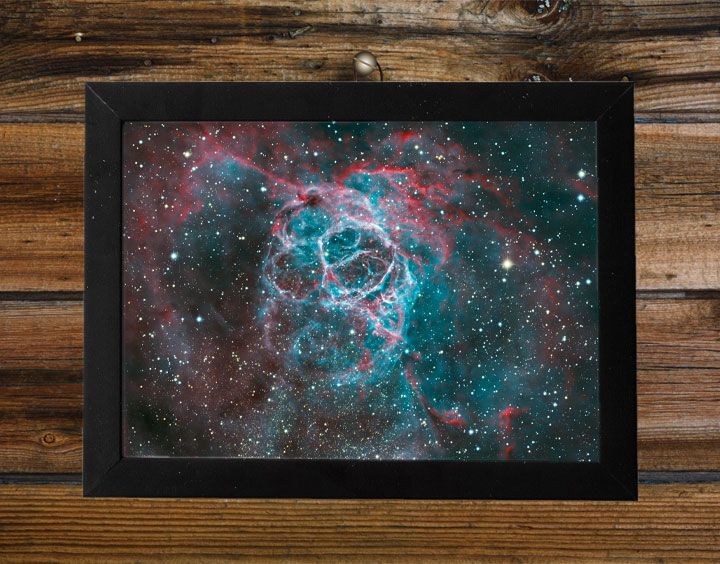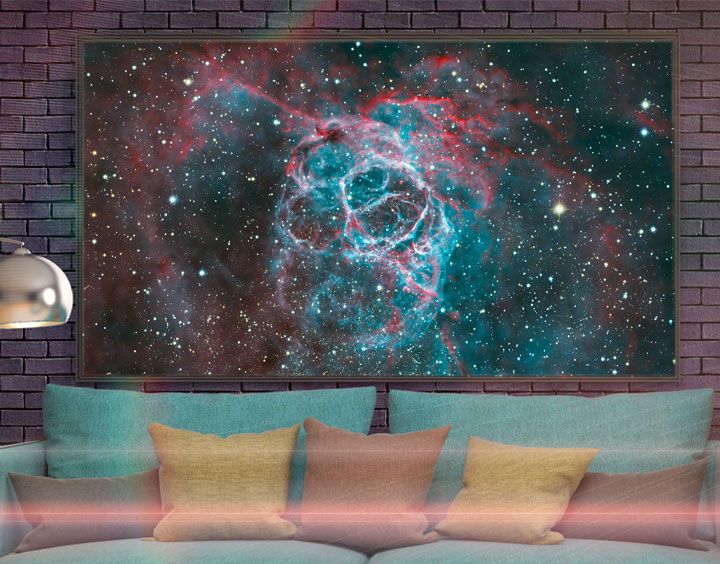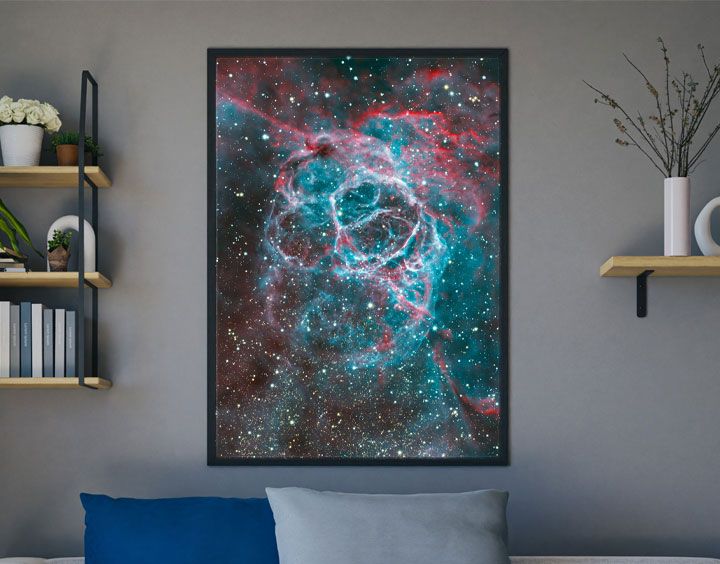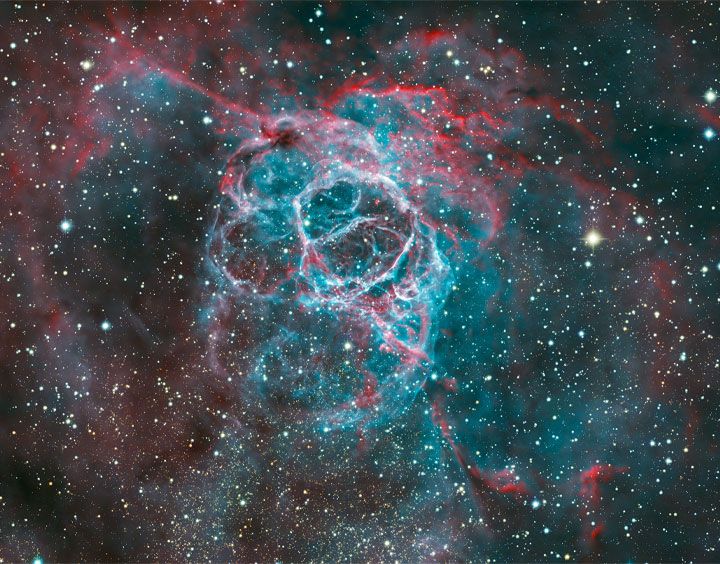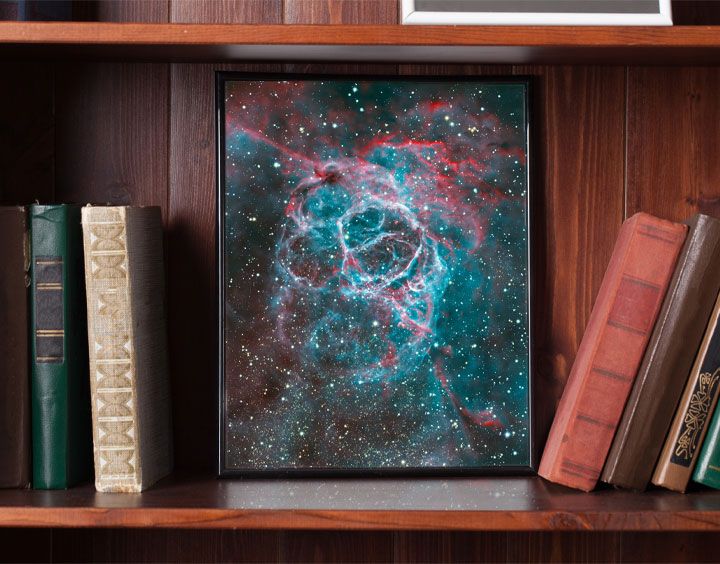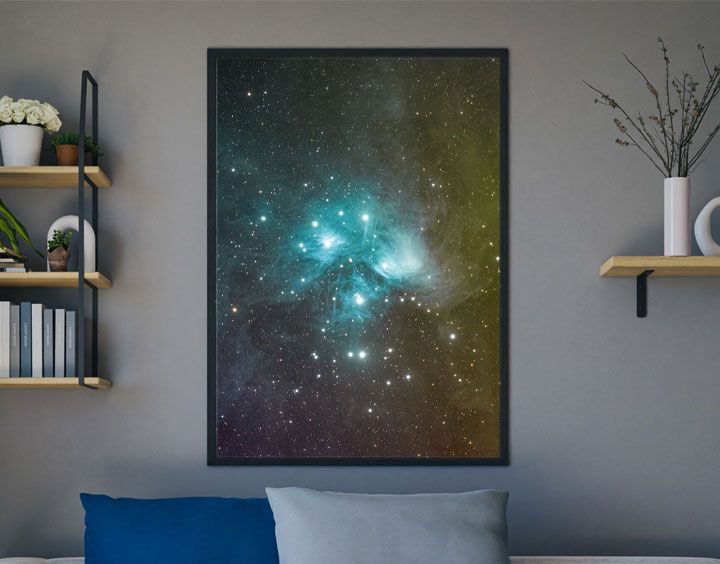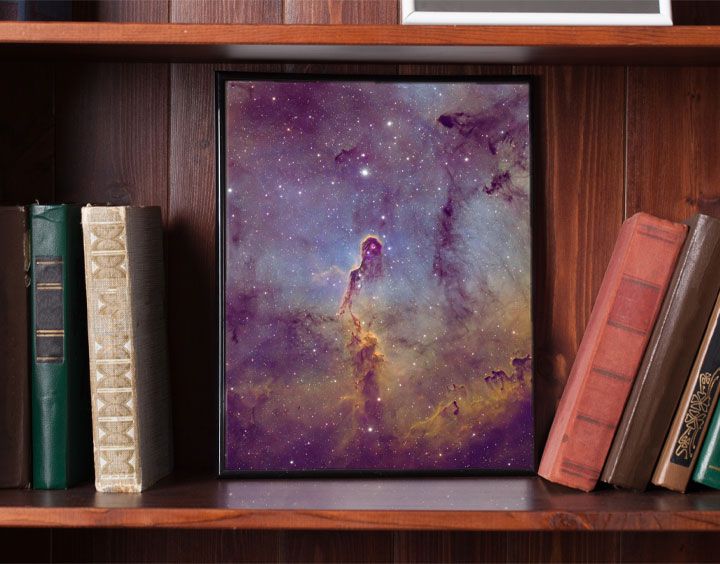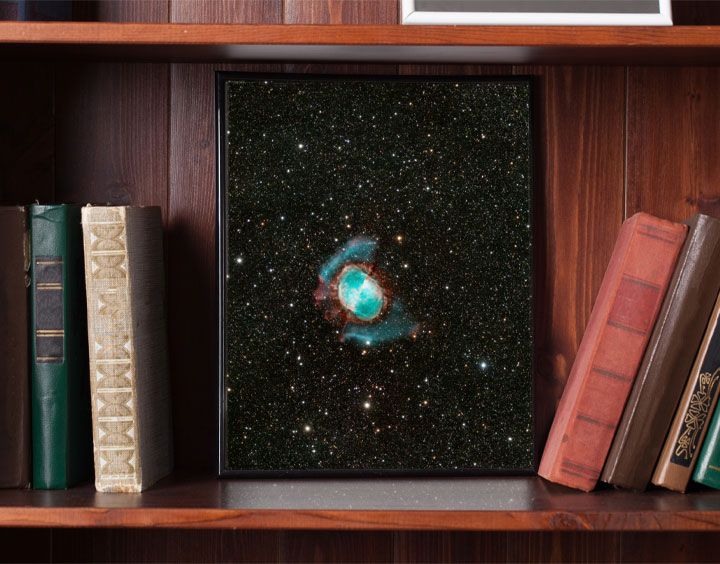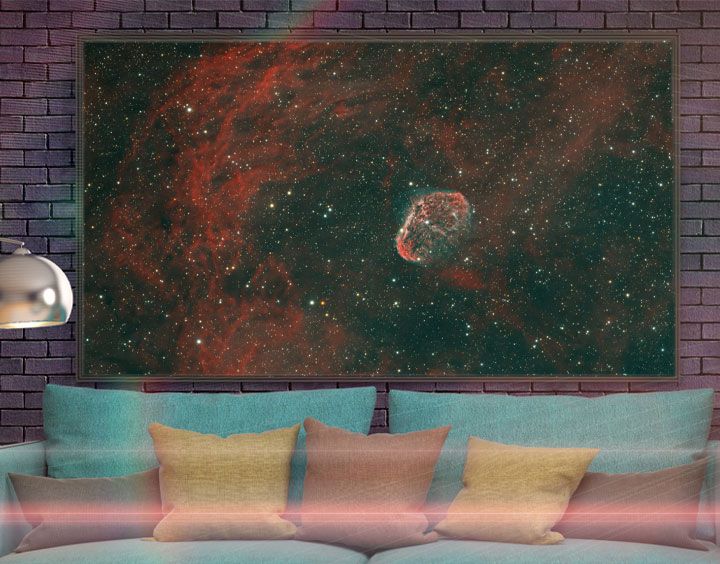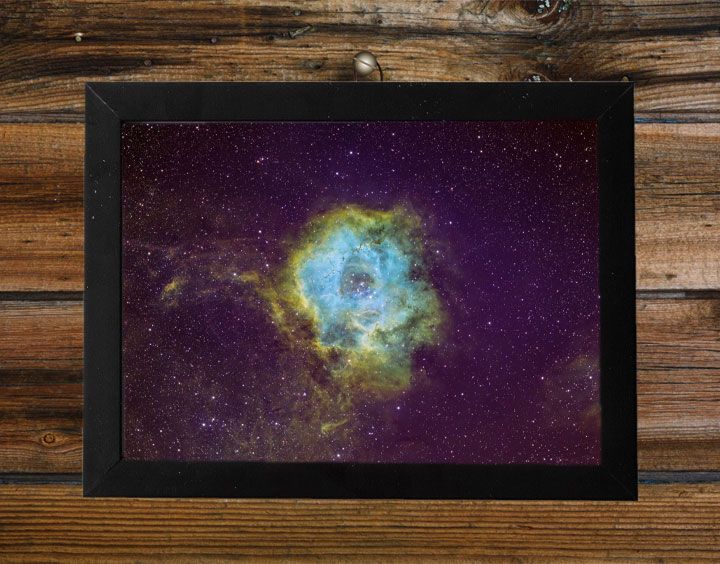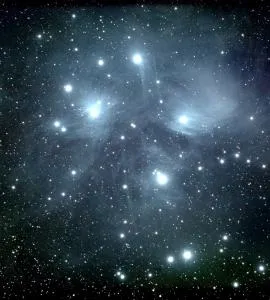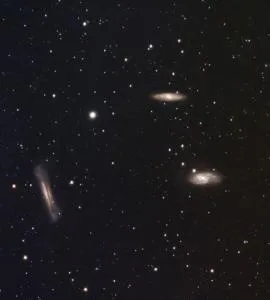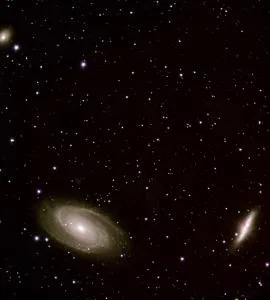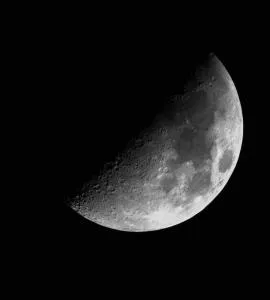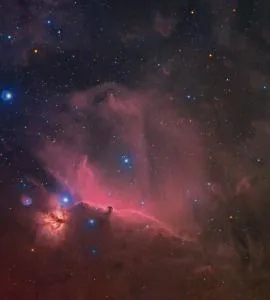Trifid and Lagoon Nebulae captured together by amature astronomer Richard Harris at Ozark Hills Observatory using a 4" Takahashi telescope and 62 megapixel camera.
Astronomy Print Store
Astrophotography by Richard Harris
WR 102 is one of the hottest known stars in our universe and it's also among the only Wolf–Rayet stars known to be in our Milky Way galaxy. It has a surface temperatures exceeding 200,000 Kelvin. This astrophoto by Richard Harris of Missouri was taken from a remotely operated observatory in Chile using a CDK24 PlaneWave telescope.
Wolf-Rayet stars, are fascinating astronomical objects that provide a window into the extreme conditions and processes that occur in the universe. They are rare, but their impact on the environments around them and the insights they offer into stellar evolution make them subjects of keen interest in the field of astronomy.
They were discovered in 1867, using a 15 inch Foucault telescope at the Paris Observatory, by astronomers Charles Wolf and Georges Rayet(eh hum "Wolf-Rayet"). But it wasn't until 1981 that the nebulosity you see in this astrophoto was detected.
Wolf–Rayet stars are evolved, massive stars that have completely lost their outer hydrogen and are fusing helium or heavier elements in the core. They are usually "on their way out", but that depends on their classification.
Details
| Product Type | Physical |
|---|---|
| Weight | 5 lbs 0 oz |
| Dimensions | 24in x 5in x 36in |
| Item# |
|---|
Customer reviews
0 out of 50 global ratings5
4
3
2
1
